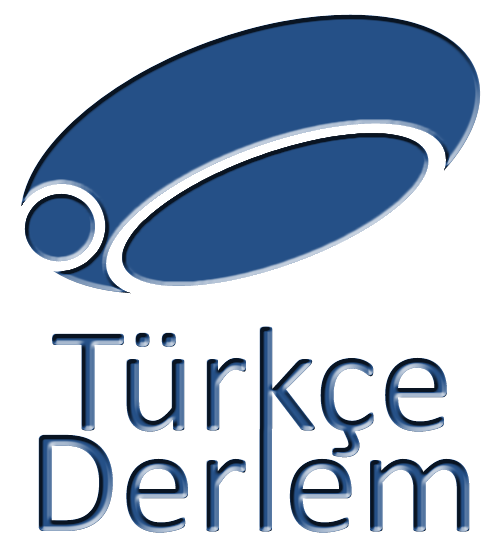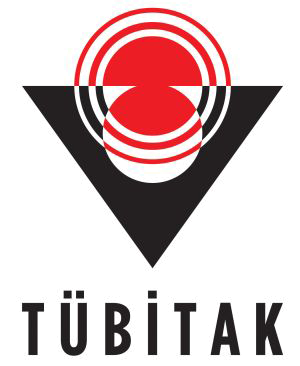109K516-TÜBİTAK-SOBAG
The Control of Verbs’ Corpus and Corpus Based Dictionary in Turkish Vocabulary
THE SCOPE OF THE STUDY
While being prepared a dictionary, some standard procedures and methods are used in line with the aim of the dictionary.
From above all the procedures and methods, there comes the necessity to be based on written and oral corpus which has representativeness feature and is formed in characteristic language and ordinary use environment. On contrary, the work that has been produced as so-called dictionary cannot go beyond being encyclopedic reference guidance (Uzun, 2006). As the first step- applications of corpus based lexicology- has not been achieved for Turkish language, the second step-the priorities in teaching language- has not been determined, the studies conducted within this framework have been carried on at intuitional level. Within this scope, exact and perfect vocabulary could not be presented with today’s applications of Turkish lexicology.
Today, lexicology paves its way in the light of corpus based studies which adapt the understanding of language use and validity’s has been growing day by day. Lexicology is an expert issue as it appears in teaching language besides its being emphasized issue on dictionary design. Probably the most motivational fact of design is the “aim”. The corpus which is the source of dictionary is in the position of main determinant for the selection of target group, and for the problems and facilities that will be faced while preparing dictionary. In this sense, it is necessary to rearrange Turkish Vocabulary at the point of providing materials to field in parallel with specific goals.
Turkish Vocabulary studies started to be conducted in 1939 officially. These studies were generally based on collections from prior dictionary studies. In this sense, the very first dictionary was published in 1945. The 10th edition of Turkish Dictionary (Turkce Sozluk, 2005) which includes Turkish Vocabulary since 1945 with great efforts, and which will provide also the data of our study’s lexemes (with other published dictionaries) has been formed. Turkish Language is made up of 104.481 lexemes which comprise of defined wordings, terms, idioms, appendixes, and meanings. There have been 77.407 wording in total, 63.818 lexical entries and 13.589 intra-wording, in Turkish Vocabulary (2005). 45.005 of these wordings are defined as nouns, 1.305 of them are defined as adjectives, 6.441 of them are defined as verbs, and 2.644 of them as adverbs, 289 of them as exclamations, 87 of them as pronouns, 53 of them as conjunctions, and 33 of them as postpositions (Turkce Sozluk, 2005).
Within this framework, the subject and scope of this study can be summarized as: (1) to control 6.441 verbs of which lexical entries and intra-wordings are made lexical morphemes real-timely from a corpus which has been constituted of natural environment of language and well-built, (2) and to form Corpus Based Dictionary of Verbs in Turkish through presenting how these lexemes are actualized in a dictionary in terms of lexicography. Therefore, the wordings in Turkish Vocabulary the features of orthography (adjoint and/or separate writing, whether the use of circumflex or not), the frequencies of intra-explanations according to priorities of varietial distribution, examples of lexemes, exact determination of lexemes’ labels of word classes dictionarize vocabulary for specific purposes (teaching language and etc.). At the same time, this presents the relation between the aim of the study and the scope of it.
(Translated by Nurdan ARMUTÇU)

